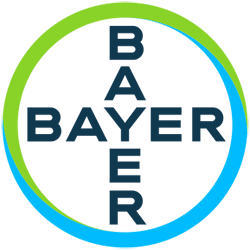Nappy rash

- Redness, lesions, swelling or spots on your baby’s bottom, thighs and genitals.
- The rash may also be hot to the touch.
- Your baby’s behaviour might seem more troubled, they may cry when touched or washed, and wake frequently in the night because of discomfort.
Treatment and prevention are very similar when it comes to nappy rash – both involve following some simple hygiene recommendations, such as changing your baby’s nappy whenever it’s soiled, giving your baby nappy free time and using gentle products that are specially developed for your baby’s delicate skin. The National Health Service UK suggests that the best way to deal with nappy rash is to prevent the baby getting it in the first place.
Using a barrier ointment helps to protect a baby's skin from the causes of nappy rash.

- Change your child's nappy five to seven times a day.
- Make sure you’re using the right nappy size. If it’s too tight, it can cause irritation. Test the nappy with your finger, it should fit easily between the skin and the nappy cuffs.
- Let air get to your baby’s bottom as often as possible. For example, let him go nappy-free during winding.
- When you go out, remember to take a clean nappy with you, so your child doesn’t sit in a soiled one for too long.
- Always clean your baby's bottom from front to back.
- It is essential that their skin is always clean, but a daily bath isn’t recommended because it dries out the skin.
- Use clean, lukewarm water when washing your baby. Soap can irritate the skin.
- After cleaning, allow your baby’s bottom to dry in the open air for a few minutes.
- Avoid perfumed toiletries or wipes.
- Use nappy care ointment during every nappy change, especially at bedtime when the nappy is on for the longest amount of timing. Lightly apply the ointment onto the baby's bottom to reinforce the skin’s natural barrier and stop the chemicals in urine and faeces from irritating the skin.




